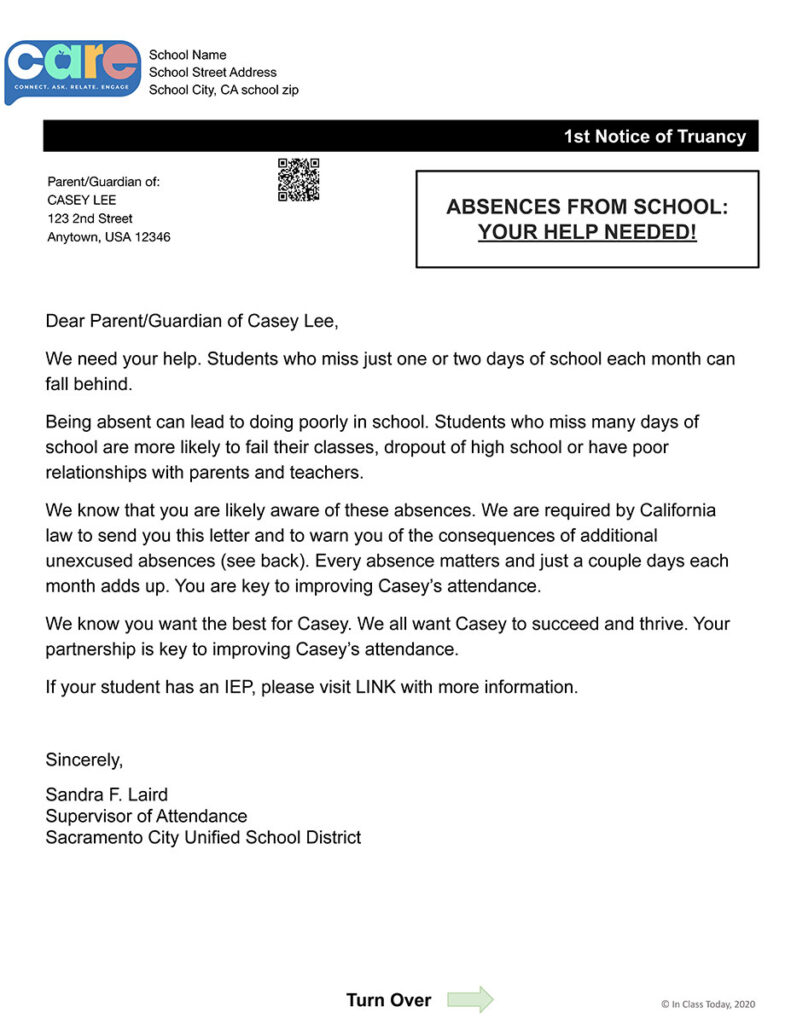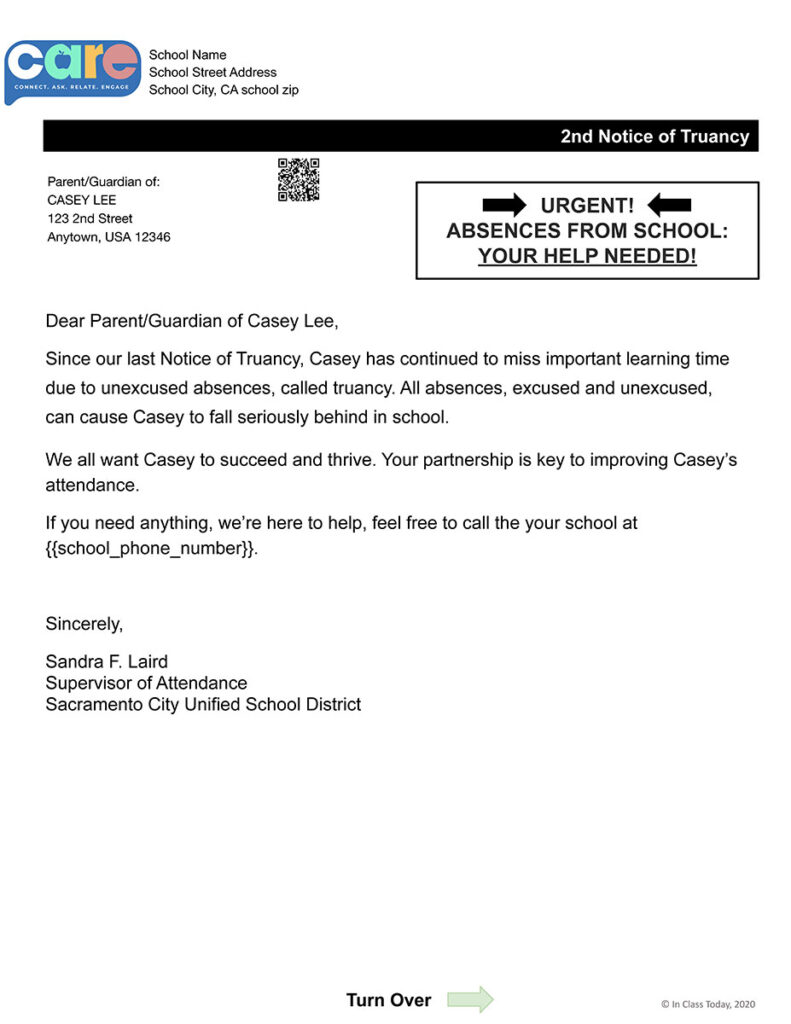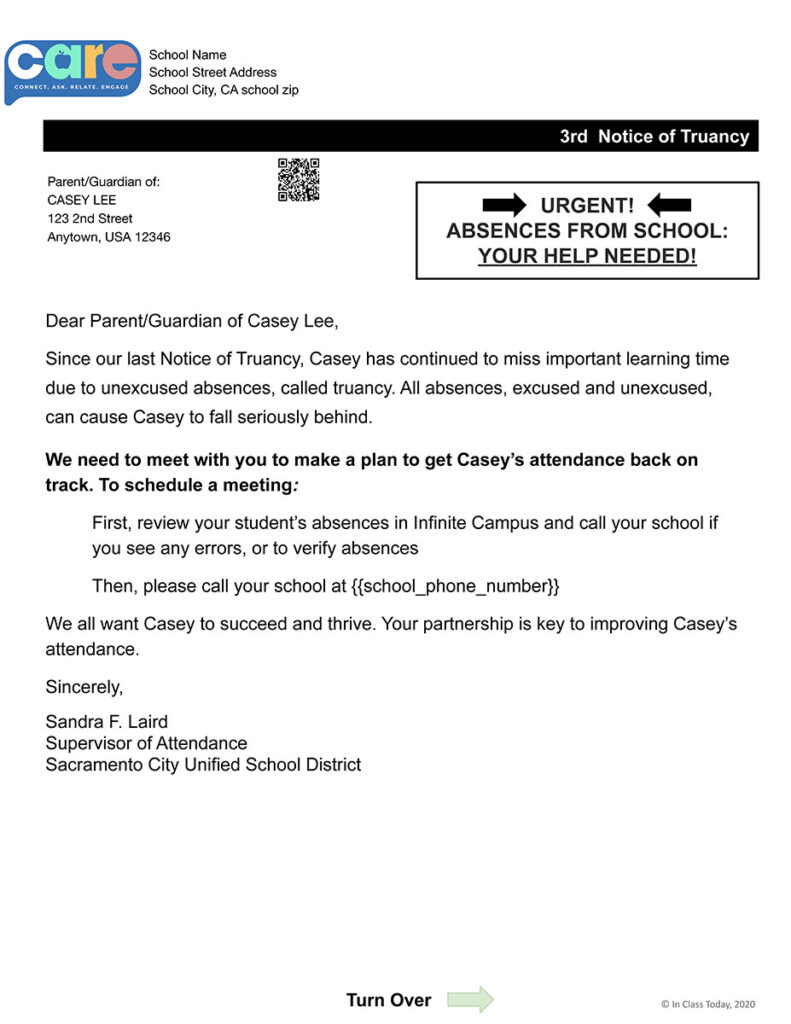We are the CARE Team – Connect. Ask. Relate. Engage.
Our Vision
Authentic relationships with students, families and the community are at the core of our work to increase student attendance and engagement, reduce chronic absence and ensure academic success for ALL students, especially our most vulnerable and least well served students.

Our Promise to Students
We will engage students, families, educators and the broader community by working together to identify and remove barriers to attending school in our community, and developing meaningful solutions that ensure all children and youth keep learning despite today’s many challenges.

Partnering for Your Student's Success
We understand that life happens, and sometimes students might need to miss school. However, regular attendance is crucial for academic success. When elementary students miss 2 days a month or more, they fall behind, which can lead to frustration, behavior issues and difficulty making friends. Missing just 2 days per month (10%) is referred to as being chronically absent.
Remember:
- Communicate with the school and report student absences
- Some absences are excused, others are not and if you don’t report the absence it is unexcused.
- The school will reach out regularly to inform families of student attendance information.
Studies show a clear connection between regular school attendance and success in life. Students who attend school regularly are:
- More likely to graduate: Regular attendance significantly increases the chance of graduation.
- Developing positive lifelong habits: Being in school consistently helps students build good habits that carry over into their adult lives.
Less likely to drop out: Missing just 35 school days (20% of the academic year) can dramatically increase the risk of dropping out (by 75%).
Reporting an Absence
If your child needs to miss a class, it’s crucial to inform their school directly. By doing so, we can ensure that any absence is appropriately excused and that your child receives any necessary assignments or lessons from their teacher(s). Communication is key for continued learning.
How to Report an Absence:
- Use the Absence Form on the school website.
- Send a note with your child.
- Call the school.
- Email the Attendance Staff.
Include:
- Child’s name and grade
- Absence date(s)
- Reason for absence
- Your name and contact phone #
Missing School Work:
If your child’s absence is excused, you can request any assignments they missed from the school. This ensures your child remains on track and doesn’t miss out on any learning.
General Attendance Questions
For any general questions regarding attendance, please reach out directly to your child’s school or contact the Student Attendance & Engagement Office at Serna at 916-643-2121. It’s essential to get in touch with your child’s school:
- To report past, present, or future absences.
- To discuss or clarify any automated messages or letter(s) you’ve received.
Monitoring Attendance:
Attendance counts. Missing more than a day a month can be a setback for your child. Keep track easily by using the Infinite Campus Parent Portal.
Life happens, and we get that. Our motto is “help before harm.” We’re on your team to tackle any issues that make it hard for your child to attend school.
If you’d like to report an absence, please contact your school site directly.
Why we monitor attendance & engagement
Missing school regularly has severe consequences. Here’s a breakdown of why we at SCUSD track attendance:
Academic Risk: Chronic absence, which is missing 10% or more of school days, can lead to significant setbacks:
- Third-graders may struggle with reading.
- Sixth-graders could fail subjects.
- Ninth-graders are more likely to drop out.
- Disproportionate Impact: Children living in poverty, from communities of color, or with disabilities are more prone to chronic absences. They’re also most affected because they might lack resources to compensate for the lost days.
It’s Not Just Truancy: Many absences are excused and connected to genuine challenges:
- Health issues like asthma or diabetes.
- No school bus access or safe routes.
- Food insecurities.
- Connection & Engagement Matter: Building a meaningful relationship with peers and teachers is vital for student success. We aim not only for attendance but also for active engagement where students interact, think, and connect.
- Fall Behind: A student missing even 2 days a month is considered chronically absent, leading them to lag behind peers. For instance, kindergarteners with chronic absence often struggle with reading by third grade.
- SCUSD’s Data: In the 2022-23 school year, 29% of our K-12 students were chronically absent. This figure is alarmingly higher for students of color and our most vulnerable children. We’re aiming to improve this by ensuring every student is present and engaged, as their success in both school and life depends on it.
Daily Student Attendance Rates vs. Chronic Absenteeism Rates
Increasing student attendance rates and decreasing chronic absence rates are two sides of the same coin, but they emphasize different aspects of student attendance:
Increasing Student Attendance Rates focuses on the overall percentage of students attending school regularly. It reflects a school-wide improvement in daily engagement and encourages positive attendance habits among all students, including those who may already attend frequently.
Decreasing Chronic Absence Rates targets students who are missing a significant amount of school (10% or more of days). This measure addresses the barriers that prevent the most at-risk students from attending, helping to close equity gaps and ensuring access to vital educational opportunities.
Both metrics are essential. While increasing attendance builds a strong culture of daily engagement, reducing chronic absence has a deeper impact on vulnerable students, ensuring no one is left behind. Together, they create a more inclusive, successful learning environment for all.
Chronic Absence vs. Truancy
- Chronic Absence includes all absences excused, unexcused, and suspension days. Any missed time in class is a missed learning opportunity, even if the absence is “excusable.” Chronically absent students struggle academically, but also have a more difficult time making friends and oftentimes act out behaviorally as well.
- Truancy only counts unexcused or unverified absences. If a student has absences, but a parent/guardian has not communicated with school staff to report these absences they are considered truant absences. Also, when students miss class without their parents permission they are considered truants. Truancy is automatically tracked. Upon the 3rd, 5th, and 7th unexcused absences, mandatory notifications are sent, per California Department of Education guidelines.
Examples of notices of truancy
Click one of the images of the notices below to view them larger:

Attendance Information for Families:
Documents for K–6
Staff Attendance Resources
Attendance Contacts
Attendance & Engagement Main Office – (916) 643-2121
Jennifer Kretschman
Director, MTSS Student Attendance & Engagement
Sandra Laird
Attendance Specialist III
Andrea Torres
Student Services Supervisor III
Child Welfare and Attendance Specialists
Monica Lopez-Larios
Lucy Lewis
Karla Cortez
Autumn Brown
Miranda Bredeson
Diego Macias
Attendance & Engagement
Watch these videos to help understand the importance of good school attendance:
Our Commitment to Attendance
Be HERE at SCUSD
Why 100% School Attendance is Important for Your Child
Attendance Acronyms & Definitions
Below is a short list of official attendance acronyms and definitions based on California Education Code.
ADA: Average Daily Attendance
CARE: Connect Ask Relate Engage
Chronic Absentee:
Defined by the California Education Code (EC) Section 60901 ©(1), a chronic absentee is a student who misses 10% or more of school days when factoring in the total enrollment days and actual school days taught.
Chronic Absenteeism Rate:
This refers to students missing 10% or more of school days for any reason, including excused and unexcused absences as well as suspensions. Such absences can impact a student’s academic progress, from reading proficiency in third grade to potential dropouts by ninth grade.
Chronic Truant:
As per EC Section 48263.6, a chronic truant is a student who, without a valid excuse, is absent for 10% or more of the school days in a year, given the district has followed necessary procedural sections.
CWAS: Child Welfare and Attendance Specialist
ESP (Engagement Support Plan):
This is a school-based team including the student, family, school administrator, and other staff. The primary objective is to find solutions to improve a student’s attendance. A contract, agreed upon by the student, guardian, and school, is signed to adhere to the directives of the ESP Formerly known as the School Attendance Review Team (SART).
Habitual Truant:
Defined by EC Section 48262, an habitual truant is a student reported as truant three or more times in a school year. Before this classification, the district must attempt at least one conference with the student’s parent or guardian.
IEP: Individual Education Plan
LCSSP: Learning Communities for School Support Program
MTSS: Multi-Tiered System of Support
MTSS Framework:
This framework aims to support all students, particularly our historically underserved black, brown, and most vulnerable students, such as those experiencing homelessness or in the Foster Youth System.
SARB (School Attendance Review Board):
This community-based board focuses on assisting families with attendance challenges. Comprising community members, volunteers, and district staff, the SARB aims to provide resources and prevent students and families from entering the court system. If needed, a contract is signed by the student, guardian, and school based on the board’s directives.
SST: Student Study Team
Truant:
In California, a truant is a student who, without a valid reason, misses more than 30 minutes of instruction three times in a school year. The goal of this classification is to prioritize attendance and minimize disruptions. As of 2013, school administrators can excuse absences based on a student’s unique circumstances, even if not listed in the standard reasons. The specific code is EC Section 48260.





